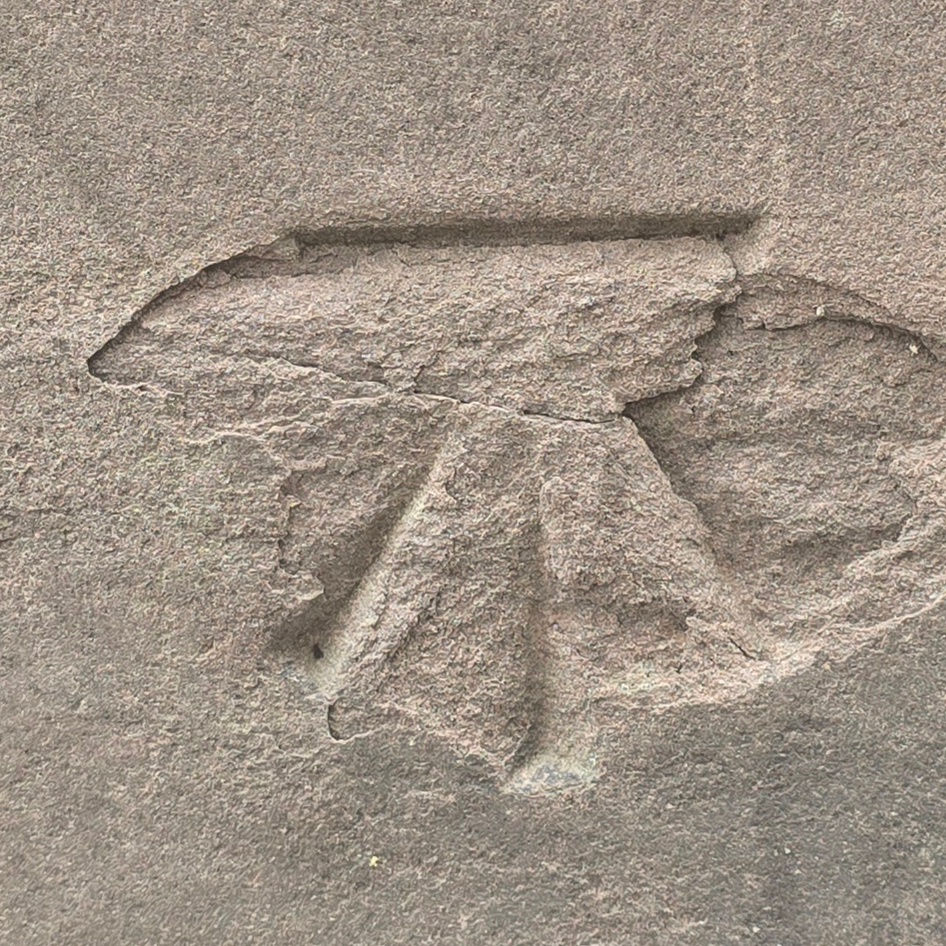History in the Streets: Benchmarks
- Signa Gillysdottir
- Aug 25
- 2 min read
Welcome back to the History Nook.

Today we’re exploring the streets of Dundee, searching for the hidden carvings that once mapped Britain.
So grab your favourite mug, find a soft space to curl up, and let's wander a little deeper into the past.
But first, a little introduction. My housemate, Endy, has agreed to be named here in the Nook from now on—so expect her name to pop up here and there. She is often my co-conspirator in cosy chaos and truly the greatest friend I could have ever asked for.
Endy won’t mind me saying this: she doesn’t know much about history. But she has a thirst for knowledge that I admire deeply. Taking her to museums, talking through historical curiosities, and simply exploring the world together is one of my most sacred joys.
So, when the opportunity came to wander Dundee with a mutual friend, the first thing that popped into my head was: “We can go benchmark hunting!” We weren't going in blind, there are maps online. I use https://www.bench-marks.org.uk/maps/lr54

A benchmark is a small chiselled mark used by surveyors. An angle rod would be placed into the mark, creating a stable position for a levelling rod. Carving these symbols into masonry meant the rod could always be positioned in exactly the same place—even years later.
I won’t pretend to be a surveying expert, but in simple terms: benchmarks allowed surveyors to measure land elevation with precision. Each one is part of a wider network, all linked back to a Fundamental Benchmark—a single, carefully established point where the height above sea level is known. From that foundation, surveyors could calculate the elevation of anywhere else in the surrounding area.
Pretty neat, huh?
Here’s the history bit. Benchmarks were first used in the 1830s, and by the 1840s they were widely adopted by the Ordnance Survey. Which means some of these little symbols carved into stone are now over 180 years old!

If you live in Britain, you’ve almost certainly walked past one (or several) without even noticing. I hope this post will change that. I’ve decided that from now on, whenever I visit a new town or city, I’ll make it my mission to find a benchmark. Some people collect postcards—I’ll be building a photographic treasure trove of benchmarks instead. The three featured in this post were found (In order of appearance) at the McManus, Morrisons Daily (High Street), and Caird Hall.
Thank you for reading, and I hope you enjoyed your time in The History Nook today.
Until next time, stay curious, and keep warm.
🐾 A Footnote from Index: 🐾
So humans get to carve little marks into walls and call it “history,” but when I scratch the furniture it’s “bad behaviour”? Double standards.


Comments